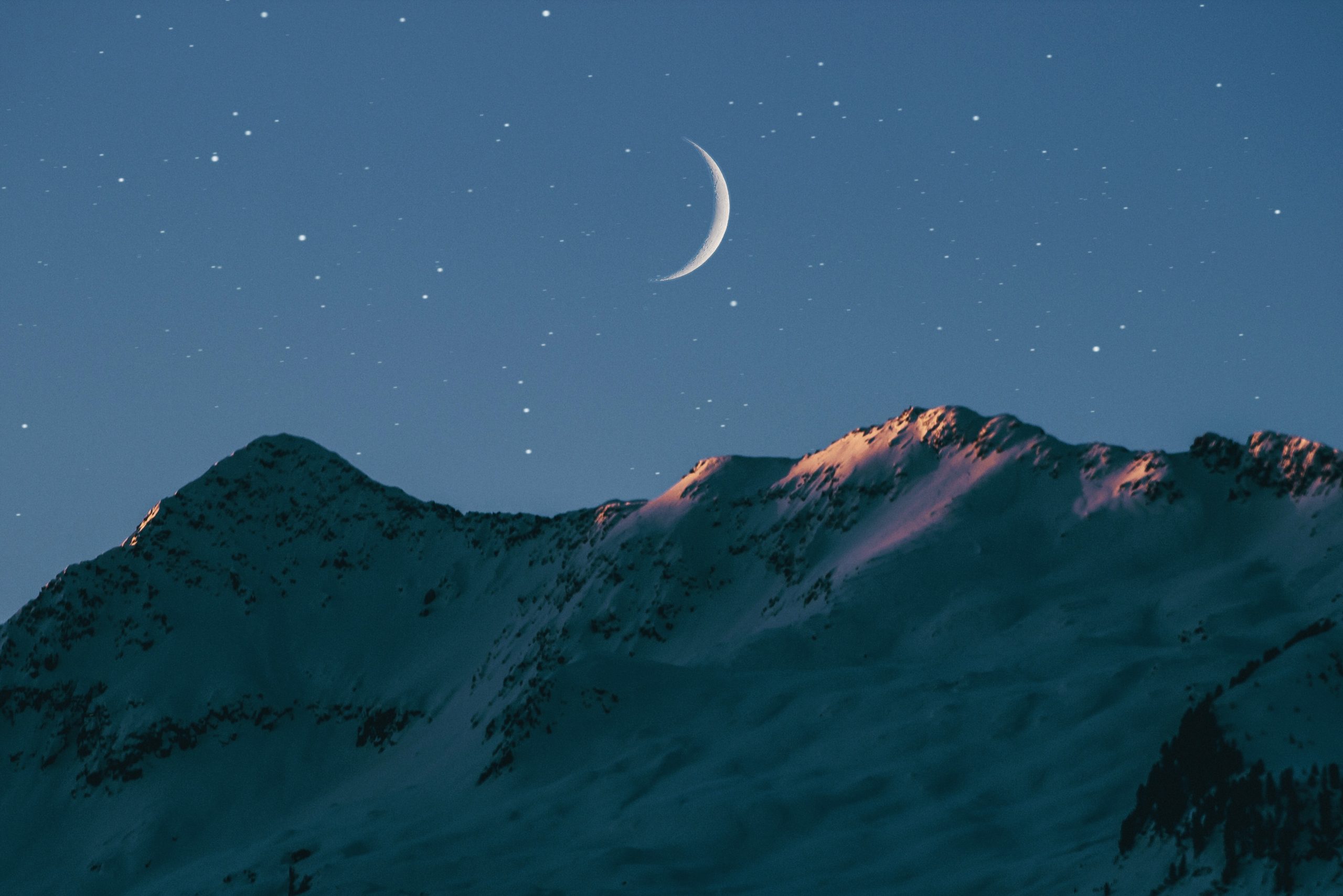Moon Phase Tonight: Rise and Set Times
Have you ever wondered about the moon phase tonight? Whether you’re an avid stargazer or just curious about the night sky, knowing the rise and set times of the moon can enhance your lunar experience. In this blog post, we’ll delve into the fascinating world of moon phases and explore how you can find out the specific rise and set times for the moon tonight. So, grab a telescope and let’s dive in!
Understanding Moon Phases
Before we get into the rise and set times of the moon, let’s gain a basic understanding of moon phases. The moon goes through a continuous cycle of eight distinct phases, influenced by its position relative to the sun and Earth. These phases are:
- New Moon
- Waxing Crescent
- First Quarter
- Waxing Gibbous
- Full Moon
- Waning Gibbous
- Last Quarter
- Waning Crescent
During a New Moon, the moon is positioned between the Earth and the sun. It is not visible from Earth as the side lit by the sun faces away from us. As the moon starts to orbit around the Earth, different portions of it become illuminated, creating the various phases we observe.
Each phase represents a different proportion of the moon’s visible face being lit by the sun. Waxing phases occur before the Full Moon, while waning phases follow it. Understanding moon phases is crucial when determining the rise and set times, as they vary depending on the phase.
Finding Rise and Set Times
To find out the rise and set times of the moon tonight, several reliable sources can provide accurate information. One highly recommended resource is the website timeanddate.com, which offers a comprehensive lunar calendar with detailed rise and set times.
When visiting the timeanddate website, navigate to the Moon section and select your location. You can either input your city or allow the website to detect your location automatically. Once you’ve entered your location, the website generates a lunar calendar specific to your area, complete with all the necessary details.
The lunar calendar on timeanddate.com provides rise and set times for the moon each day. It also includes helpful information such as the moon’s phase, azimuth (direction), and altitude (height) above the horizon. Armed with this knowledge, you can plan your stargazing sessions or moonlit adventures precisely.
If you prefer mobile apps, there are also excellent options available. Apps like SkyView and Star Walk provide real-time data on celestial bodies, including the moon. These apps utilize your device’s GPS to determine your location and give you accurate rise and set times right at your fingertips.
By using trustworthy sources like timeanddate.com or dedicated mobile apps, you can effortlessly discover the exact rise and set times for the moon tonight. Now that you know how to obtain this valuable information let’s explore why moonrise and moonset times are significant.
The Significance of Moonrise and Moonset
Moonrise and moonset times have a profound impact on celestial photography, stargazing, and even wildlife behavior. The moon’s presence or absence in the night sky can greatly influence our experiences and interactions with the natural world.
For astrophotographers, moonset is often the most sought-after moment. This is when the moon sinks below the horizon, granting photographers the opportunity to capture awe-inspiring nighttime landscapes without the potentially overpowering moonlight. By knowing the moonset time, photographers can plan their shots accordingly and achieve stunning results.
Additionally, moonrise and moonset can affect animal behavior. Nocturnal animals, in particular, may alter their activity patterns depending on the moon’s phase and rise/set times. For example, certain species of birds may start their dawn chorus shortly before moonset, while others initiate their nightly activities around moonrise.
Understanding these lunar patterns can enrich our understanding of the natural world and provide enlightening experiences when observing wildlife. By being aware of the moon’s rise and set times, you can synchronize your outdoor adventures with nature’s cycles and witness captivating interactions.
Final Thoughts
The moon’s rise and set times, intricately linked to its phase, play a significant role in our perceptions of the night sky. They not only provide valuable information for stargazers and photographers but also offer insights into the behavior of nocturnal creatures.
Whether you’re planning an astrophotography session or simply want to indulge in the beauty of the night sky, knowing the moon phase and its rise and set times is crucial. Resources like timeanddate.com and mobile apps like SkyView empower us to access this information and make the most of our lunar experiences.
So, the next time you find yourself gazing up at the night sky, remember to check the rise and set times for the moon. By aligning your observations with these lunar events, you’ll discover a deeper connection to the celestial world and the natural rhythms surrounding us.
Table of Contents
